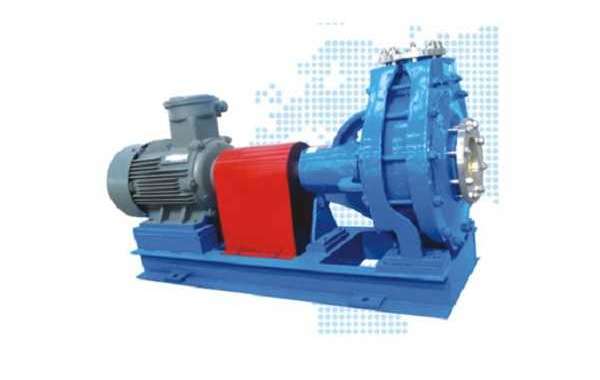The reasons for cavitation in ij type chemical centrifugal pump are roughly as follows:
1. The installation height of the self-priming pump is too high. With the increase of the installation height of the self-priming pump, the vacuum degree at the inlet of the pump increases, causing the pressure in the pump to drop too low.
2. The actual working condition of ij type chemical centrifugal pump deviates far from the design working condition. When the pump is running under non-design conditions, a bottom-up banded vortex (called a vortex band) may also be generated under the impeller. When the central pressure of the vortex drops to the saturated steam pressure, the vortex becomes a cavitation zone. When the vortex belt extends into the pump, it can not only promote and aggravate the cavitation of some parts of the pump, but also cause strong vibration of the unit and a roaring sound.
3. The water inlet conditions of the self-priming pump are not good. For the pump with elbow-shaped water inlet channel, due to the uneven distribution of flow velocity and pressure in the curve, the flow velocity distribution at the inlet of the impeller of the self-priming pump is not uniform; , which also causes uneven flow velocity and pressure distribution at the impeller inlet, resulting in the occurrence of cavitation and cavitation. According to foreign cavitation test data, the greater the gas content in the water, the earlier the cavitation starts.
4. The higher the altitude of the installation site of the ij type chemical centrifugal pump, the higher the temperature of the water transported by the self-priming pump. In high altitude areas, the lower atmospheric pressure will make the pressure at the suction port of the self-priming pump correspondingly lower; while the higher the water temperature, the higher the saturated steam pressure will be, and the easier the water will be vaporized.
ij type chemical centrifugal pump https://www.luolintec.com/Chemical-centrifugal-pump








